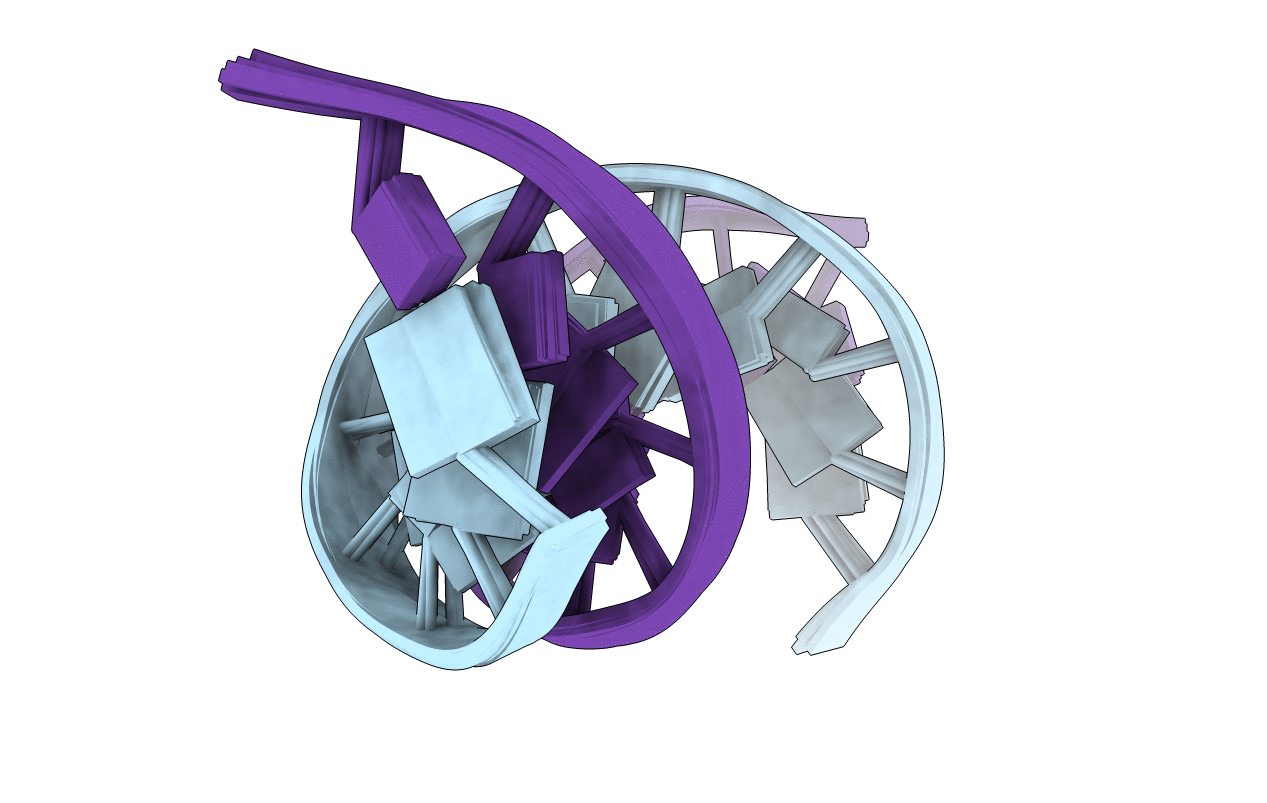
Deposition Date
2000-10-10
Release Date
2001-03-14
Last Version Date
2024-05-22
Entry Detail
Biological Source:
Source Organism:
Method Details:
Experimental Method:
Conformers Calculated:
20
Conformers Submitted:
10
Selection Criteria:
structures with the lowest energy


